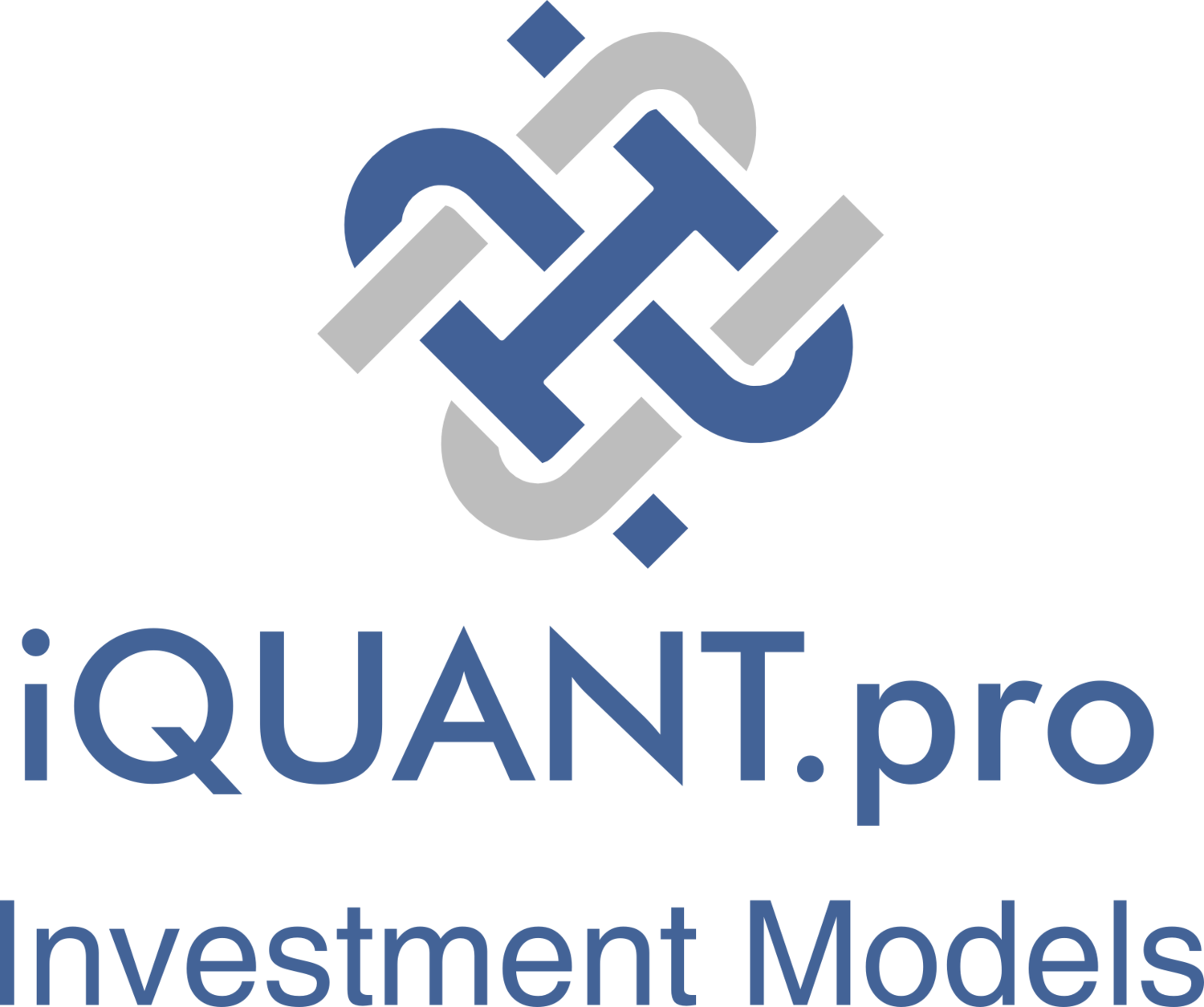We're excited to enhance iQUANT's Model Factcards and Optimizer with two crucial statistical metrics - Skewness and Kurtosis. With these sophisticated volatility measures, we aim to further empower your investment decisions. Let's explore the value they offer.
Skewness: A New Lens on Returns Distribution
Skewness is a fancy word for measuring how lopsided an investment's returns are. In an ideal world, the returns would be balanced, implying that the skewness would be zero. However, investment returns are rarely evenly balanced, resulting in some skewness.
- If a return distribution is positively skewed (or right-skewed), it means that there are more frequent small gains and a few extreme losses. The 'tail' of the distribution on the right side (representing larger values) is longer or fatter.
- Conversely, a negatively skewed (or left-skewed) distribution signifies more frequent small losses and a few extreme gains. The 'tail' is longer on the left side (representing smaller values).
Understanding skewness can be extremely beneficial. If you are a risk-averse investor, you may prefer a positive skewness investment (or more appealing skew than a benchmark) because it implies a lower risk of extreme losses.
Kurtosis: Unveiling The Extremes
Kurtosis is a way to measure how often extreme results might occur in a group of data. In other words, it shows how likely it is for really high or really low returns to happen. If a data set has high kurtosis, it means there are more unusually high or low values than you'd expect in a typical set of data.
- If the kurtosis is greater than zero (or 'leptokurtic'), the distribution has heavier tails, implying a higher probability of extreme outcomes—large gains or losses.
- A kurtosis less than zero (or 'platykurtic') means lighter tails and a lower chance of extreme outcomes.
Knowing the kurtosis is important for risk management in investments. A high kurtosis indicates a higher risk of volatile swings, which may not be suitable for conservative investors.
Empowering Your Investment Decisions
At iQUANT, we are dedicated to providing our members with comprehensive, nuanced information to help them make better decisions. Skewness and kurtosis are measures that go beyond the traditional mean and standard deviation in our Model factcards and Portfolio Optimizer. It helps you understand the return distributions and their potential extremes.
Skewness and kurtosis can provide critical insights into the behavior of your investments under different market conditions, whether you're analyzing a model or an entire portfolio. In essence, they assist you in better shaping your risk-management strategies and aligning your investments with your specific risk tolerance.
Stay tuned as we continue to innovate and provide better tools and strategies for your investment journey. Happy investing with iQUANT!
